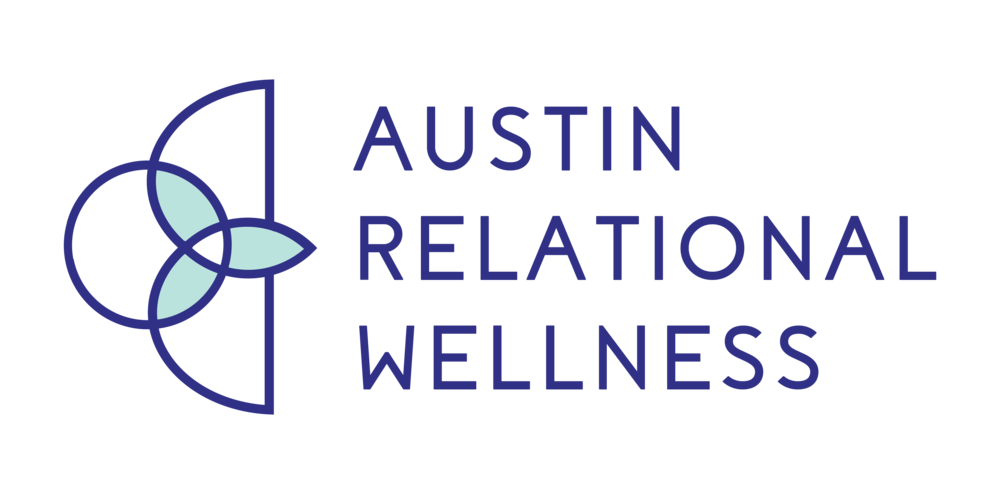The US Surgeon General, Dr. Vivek H. Murthy, is a champion for relationships and combatting the negative effects of loneliness and even goes so far as to say that loneliness is an epidemic in America. He states that as many as 1 in 2 adults feel this way. Personally, I have heard friends say things like, “I am in a happy marriage, but during the lockdown, I lost my gym. I don’t feel like I have a sense of community anymore.” - or - “All my friends are married with kids, so I have no one to travel with.” Couples therapist Ester Perel states, “We work from home, we get our groceries delivered, and we date from our couch.” In this blog, we will identify what loneliness is, why community matters, and how to find a sense of belonging.
Murthy defines loneliness as “a subjective distressing experience that results from perceived isolation or inadequate meaningful connections, where inadequate refers to the discrepancy or unmet need between an individual’s preferred and actual experience.” The feeling of loneliness can evoke a sense of unworthiness, lack of purpose, and isolation. Loneliness can have profound impacts on both mental and physical health.
When you think about addressing loneliness, Murthy suggests looking at social connection. Social connection impacts our biology, behavior, and psychology, which impacts our health. Research has shown that loneliness can lead to heart disease, self-harm, and cognitive functioning issues like dementia, diabetes, hypertension, depression, and anxiety. Murthy also notes data stating that a lack of connection is equivalent to smoking up to 15 cigarettes a day! In fact, there is a 26% chance of earlier death due to loneliness. These are just some of the physical and mental health risk factors of loneliness that social connection can help combat.
In a previous blog, I shared how the quality of the relationship is a direct indicator of quality of life. Social connection actually increases an individual’s chance of survival by 50%. When you feel less lonely, your nervous system is more regulated, and you have an increased sense of belonging and worthiness.
Take a moment to think about the impact of loneliness or connectedness in your life:
How do you feel around loved ones? Do you feel connected, or do you feel distant?
How are you sleeping and eating? Though many factors can influence these areas, if you feel a lack of connection, it’s likely that your physical health is impacted as well.
What is your motivation to pursue your goals? Loneliness can affect our ability to act on our goals, whereas connectedness can help support motivation and persistence.
It’s worth taking some time to inventory things that deplete you of connection and things that nourish your relationships. Things that deplete us of connection and can enhance feelings of loneliness include social media, texting instead of calling friends, only working from home, using apps for services, not being present in the moment, or lacking gratitude. Things that nourish our social connections include saying hi to the bank teller, running errands, calling a friend, joining a community, engaging in hobbies, volunteering, or working from a coffee shop.
Are you experiencing loneliness? Therapy can help. Reach out to us to speak with a therapist if you’re interested in therapy to improve the quality of your relationships.
Article by Sarah Imparato, MA, LMFT
Individual Therapy, Couples Therapy, Relationship Therapy in Austin, Texas









































































